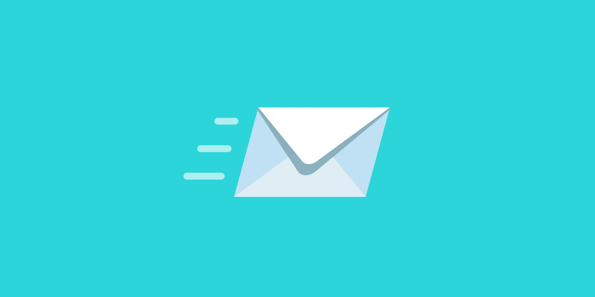Email marketing is an effective way to reach out to potential customers and keep existing ones engaged with your brand. It allows you to create a personalized communication with your audience, making them feel valued and heard. A successful email marketing campaign can boost your sales, increase your brand awareness, and build a loyal customer base. In this article, we will guide you through the essential steps to create a successful email marketing campaign that can outrank other websites and help you achieve your business goals.
Define Your Objectives
Before creating an email marketing campaign, it is crucial to identify your goals and objectives. What do you want to achieve with your campaign? Do you want to increase your website traffic, promote a new product, or nurture your existing leads? Defining your objectives will help you create a focused and targeted campaign that resonates with your audience and delivers the desired results.
Build Your Email List
The success of your email marketing campaign depends on the quality of your email list. A high-quality email list comprises people who have shown interest in your brand and have given you permission to contact them. You can build your email list by offering valuable content, running social media campaigns, hosting events, or using lead magnets. It is essential to keep your email list up-to-date and clean to avoid bouncing emails and spam complaints.
Segment Your Audience
Segmenting your email list is crucial to delivering personalized content that resonates with your audience. Segmenting involves dividing your email list into smaller groups based on shared characteristics, such as location, interests, behavior, or demographics. Segmenting allows you to tailor your message to each group, increasing the chances of engagement and conversion.
Create a Compelling Subject Line
The subject line is the first thing your audience sees when they receive your email. A compelling subject line can capture their attention and entice them to open your email. A good subject line is concise, clear, and relevant to the content of the email. It should also create a sense of urgency or curiosity that makes the reader want to know more.
Craft a Valuable Email Content
The content of your email should provide value to your audience and align with your brand message. It should be engaging, informative, and easy to read. Your email content can include a mix of promotional and non-promotional content, such as product updates, industry news, tips, and how-to guides. It is also essential to use a conversational tone and personalize your content to the recipient's interests and needs.
Design Your Email Template
The design of your email should be visually appealing, professional, and easy to navigate. Your email template should reflect your brand identity and make it easy for the recipient to read and take action. It is essential to optimize your email template for different devices, such as desktops, tablets, and mobile phones.
Include a Clear Call-to-Action
A call-to-action (CTA) is a statement that prompts the reader to take action, such as clicking a button, visiting a website, or making a purchase. A clear and compelling CTA can drive conversions and achieve your campaign goals. Your CTA should be prominently displayed, easy to understand, and relevant to the content of your email.
Test and Optimize Your Campaign
Testing and optimizing your email campaign is essential to improve its effectiveness and achieve your desired results. You can test different elements of your campaign, such as subject lines, email content, templates, and CTAs, to see what works best for your audience. It is also essential to monitor your campaign's performance and analyze the metrics, such as open rates, click-through rates, and conversion rates, to make data-driven decisions and improve your future campaigns.
FAQs
Q1. How can I personalize my email content?
A1. You can personalize your email content by using the recipient's name, location, behavior, or interests. You can also segment your email list and tailor your message to each group. Personalization can increase the relevance and effectiveness of your email campaign and make your audience feel valued and heard.
Q2. What are the best practices for email design?
A2. The best practices for email design include using a clean and professional layout, optimizing for different devices, using high-quality images and graphics, and aligning with your brand identity. It is also essential to make your email easy to read and navigate, use a clear and compelling CTA, and avoid spam trigger words or excessive capitalization.
Q3. How can I measure the success of my email campaign?
A3. You can measure the success of your email campaign by analyzing the metrics, such as open rates, click-through rates, conversion rates, and ROI. You can also track the behavior of your audience, such as their engagement with your content, the time they spend on your website, and the actions they take after receiving your email. It is essential to set specific goals and KPIs for your campaign and use the data to optimize your future campaigns.
Conclusion
Creating a successful email marketing campaign requires a strategic and well-planned approach. It involves defining your objectives, building a quality email list, segmenting your audience, crafting valuable content, designing an engaging template, and including a clear CTA. Testing and optimizing your campaign is crucial to achieving your desired results and improving your future campaigns. By following these best practices and delivering personalized and valuable content, you can create a successful email marketing campaign that outranks other websites and achieves your business goals.


